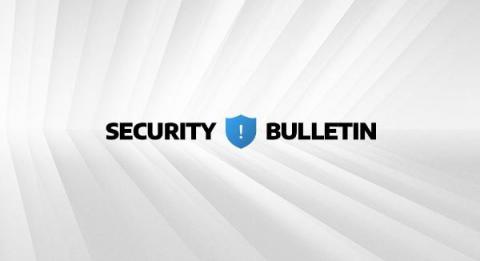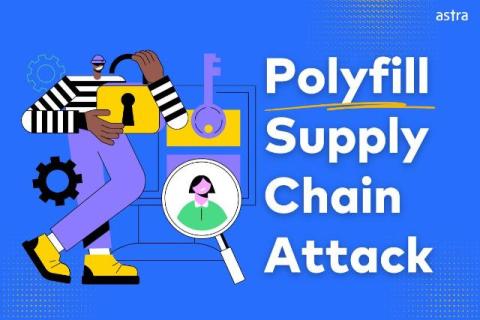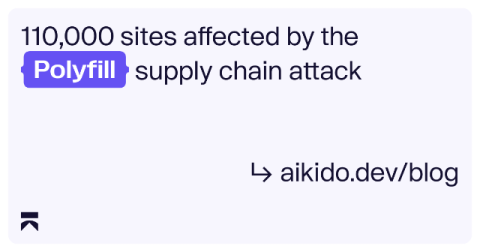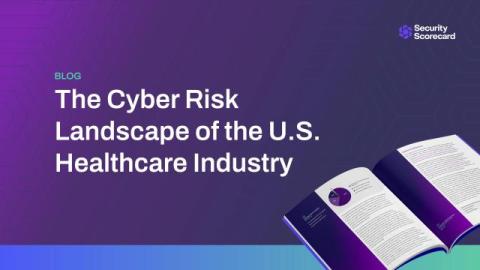Polyfill Supply Chain Attack Impacts 100K+ Sites
On June 24, 2024, cybersecurity company Sansec published a security advisory detailing how an associated Polyfill domain (cdn.polyfillio) was being used to insert malicious code in scripts served to mobile end users in a web supply chain attack. Polyfill is a popular open-source JavaScript library embedded in more than 100,000 websites to provide polyfills, a small piece of code (usually JavaScript) that helps provide modern functionality on older browsers.











